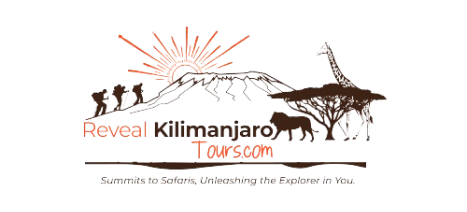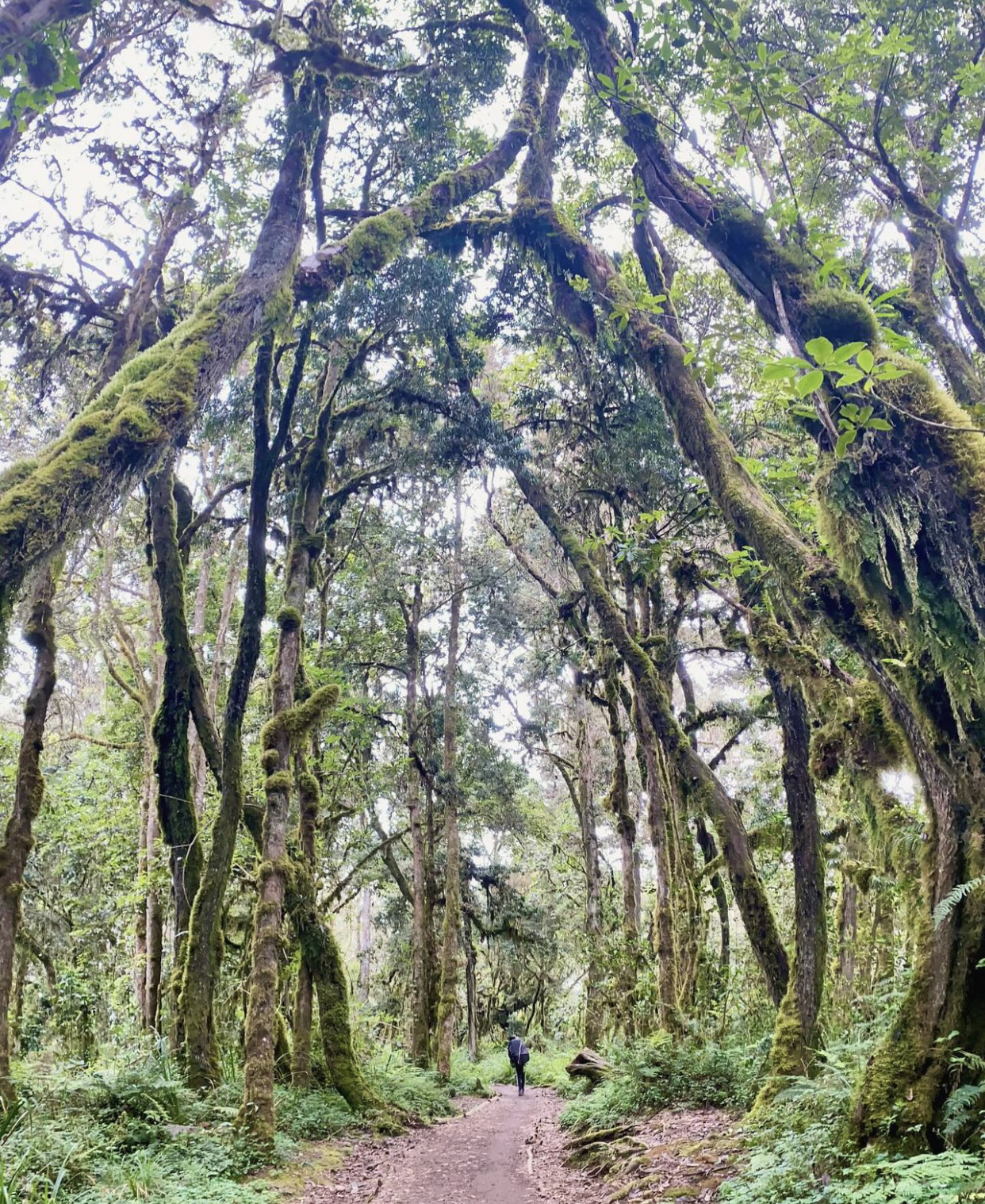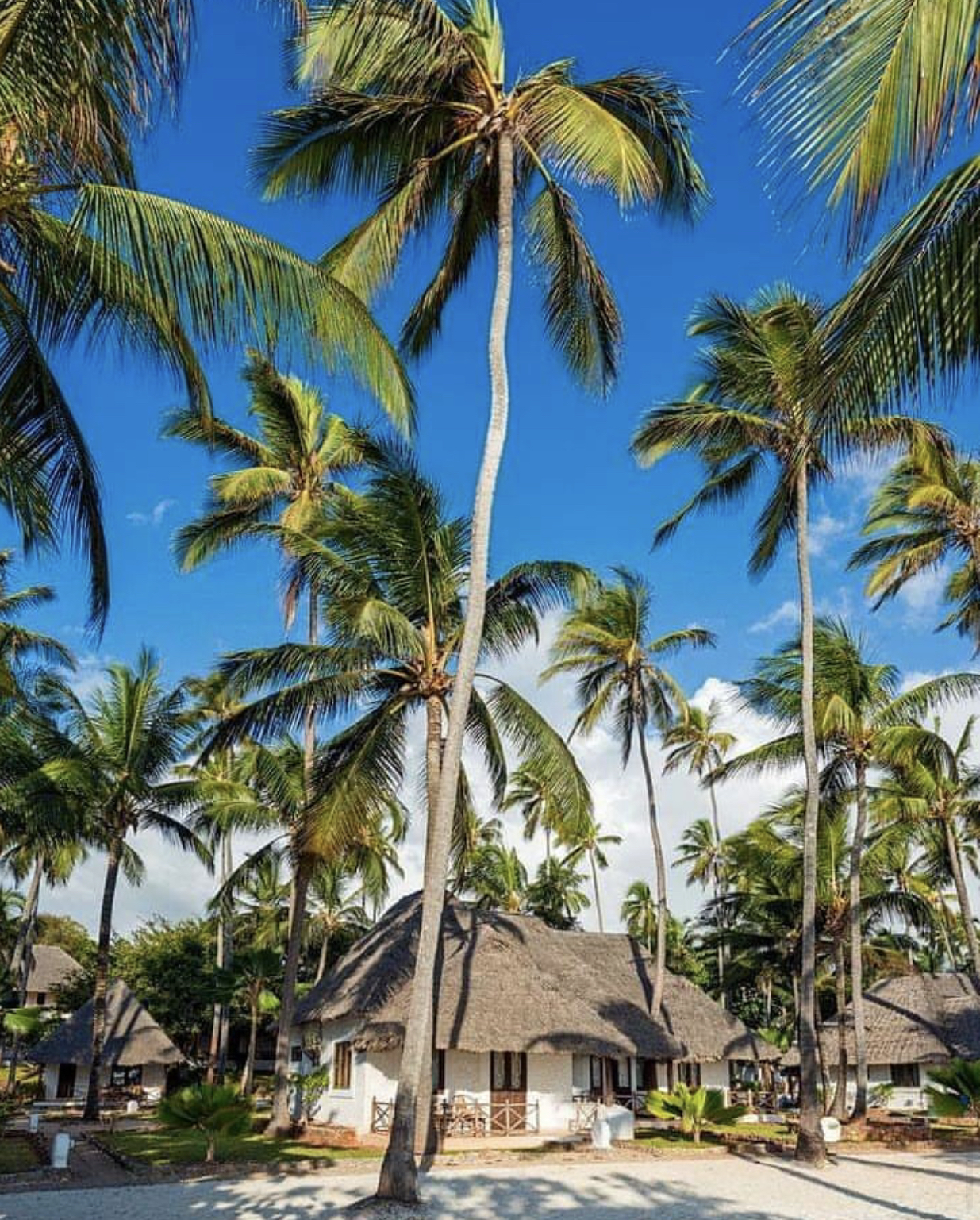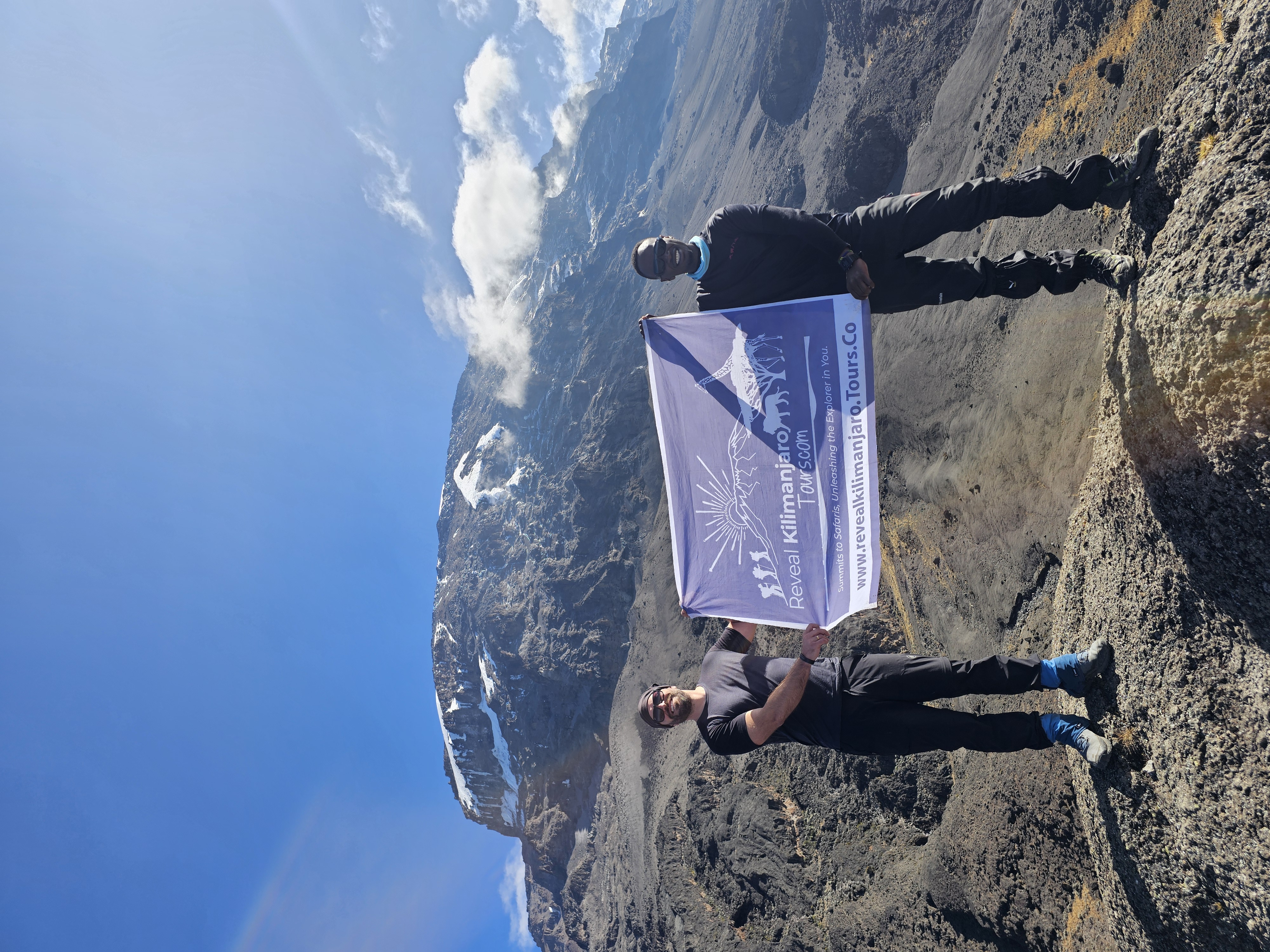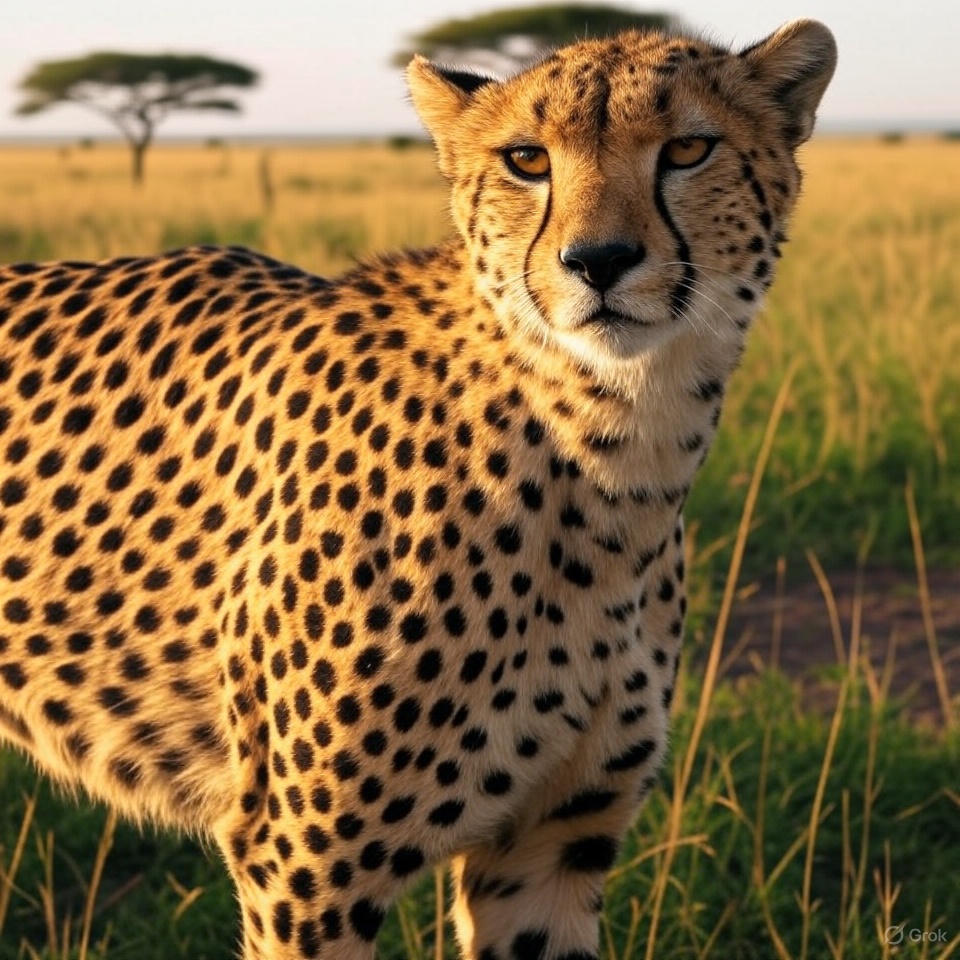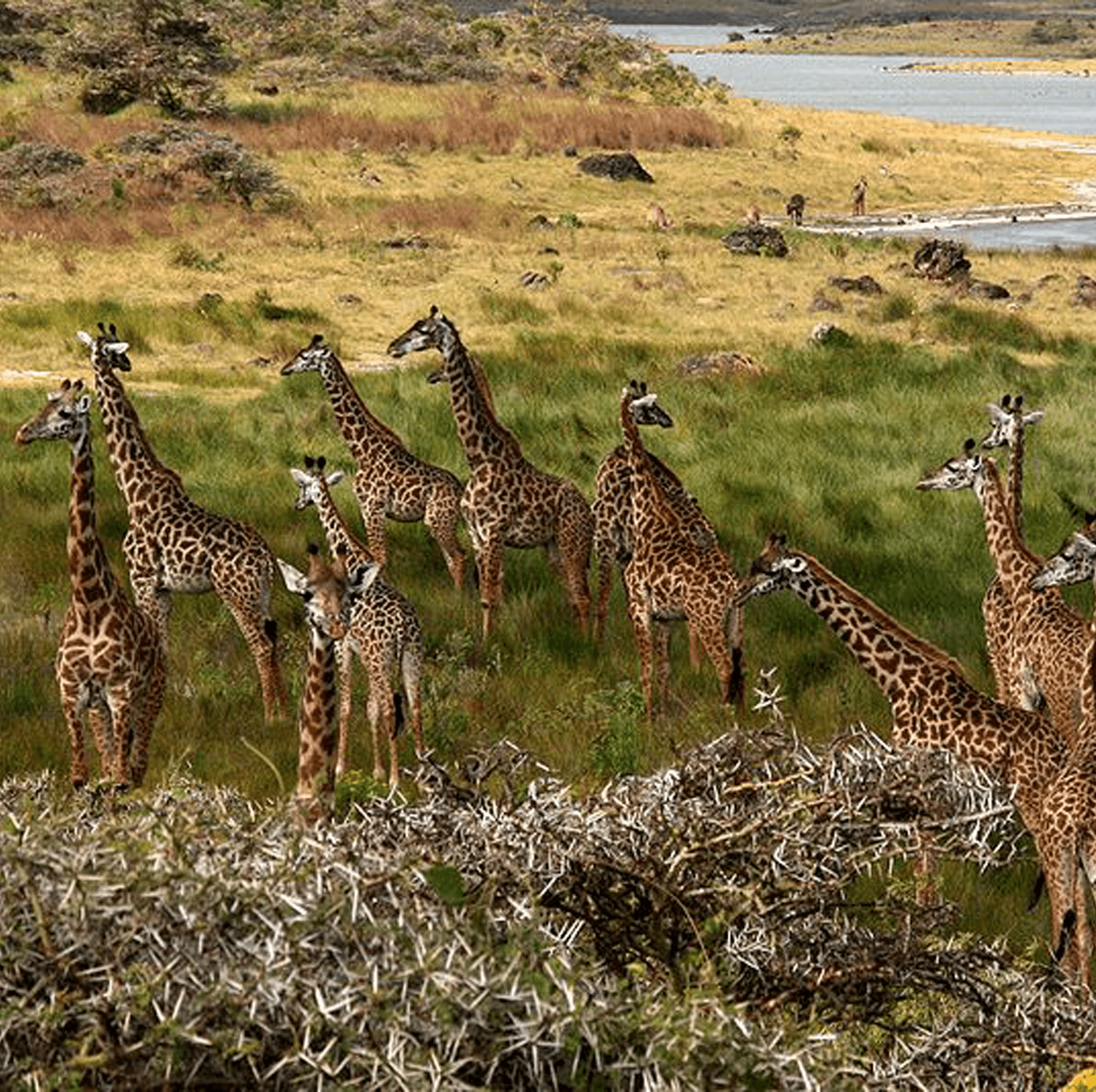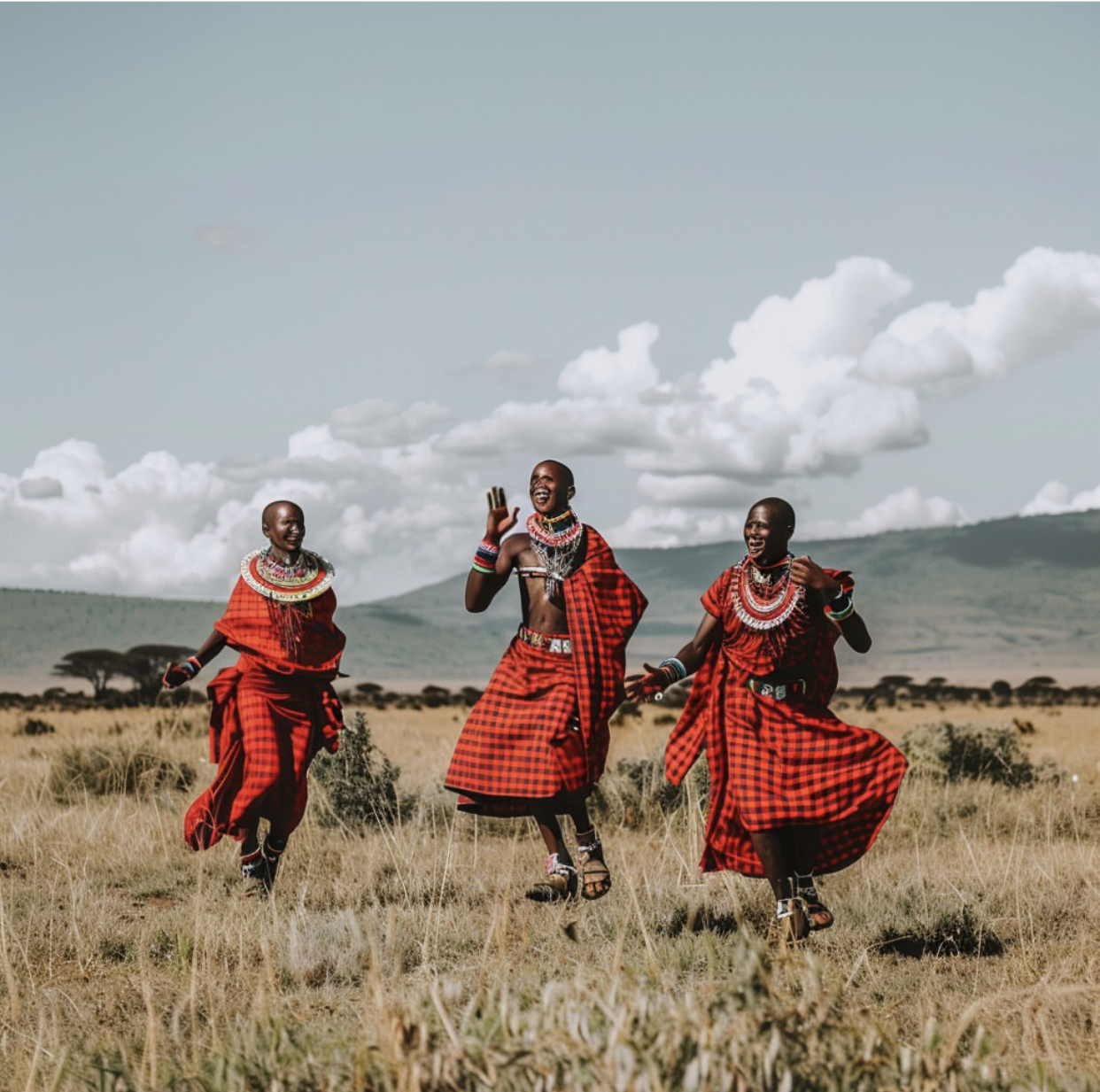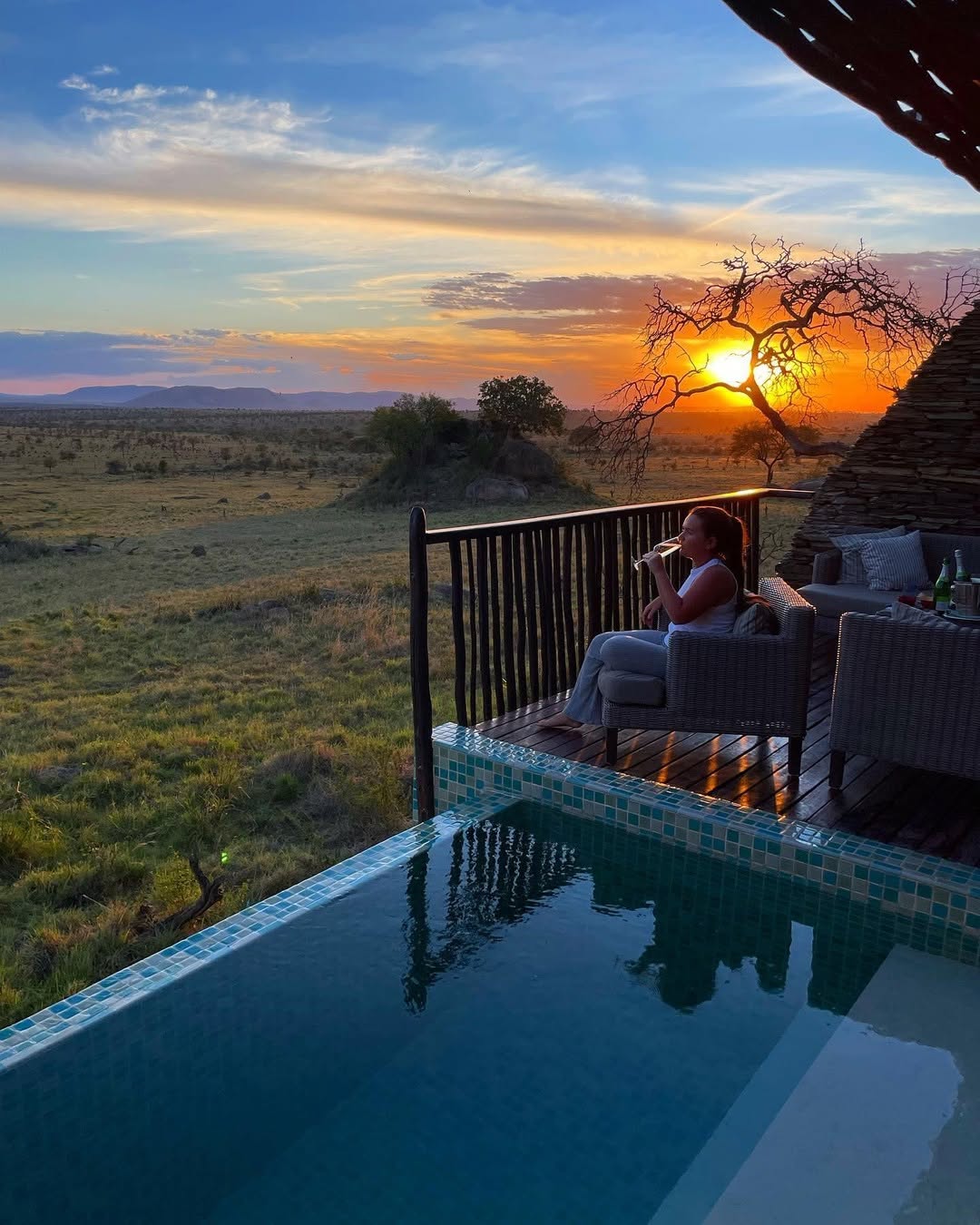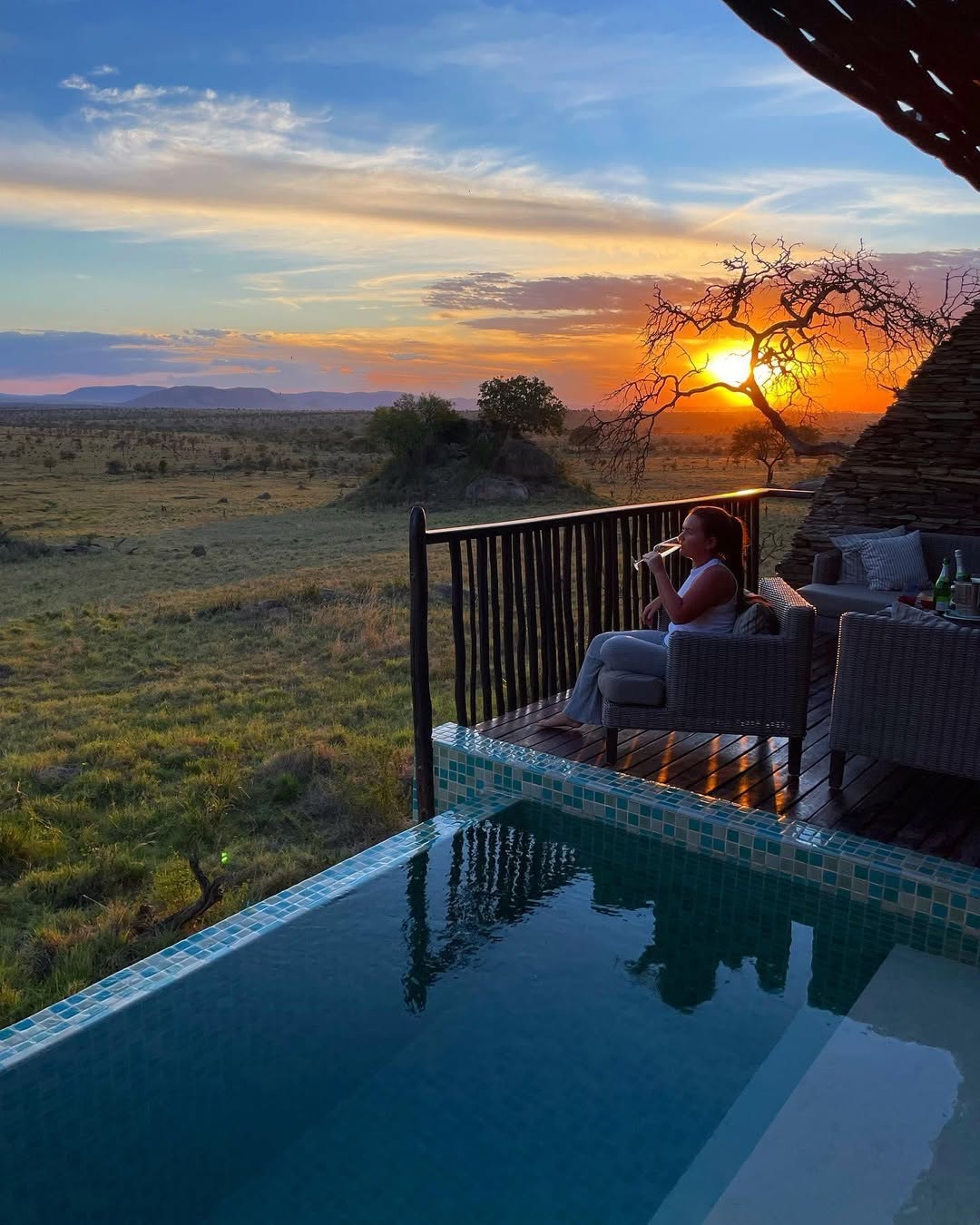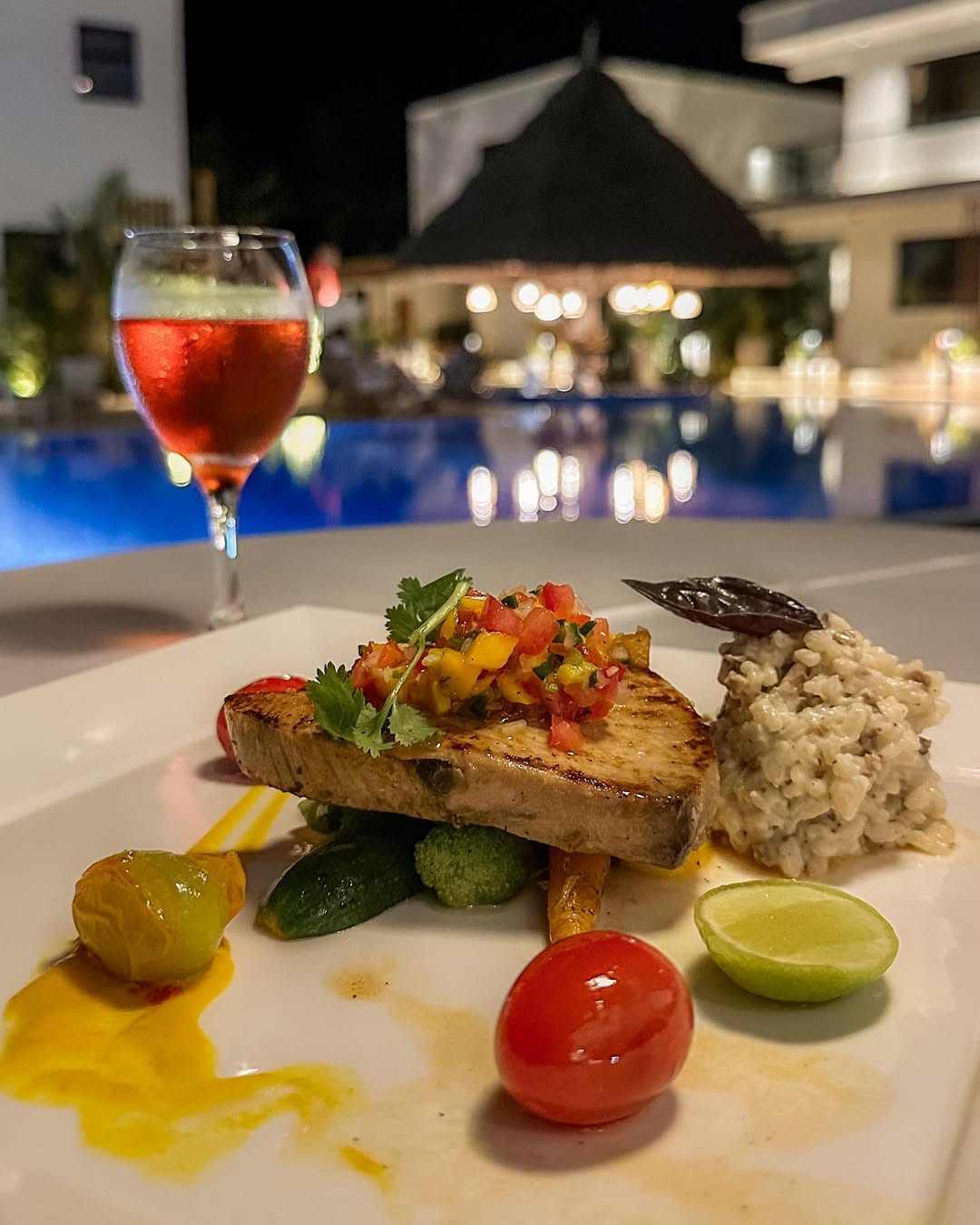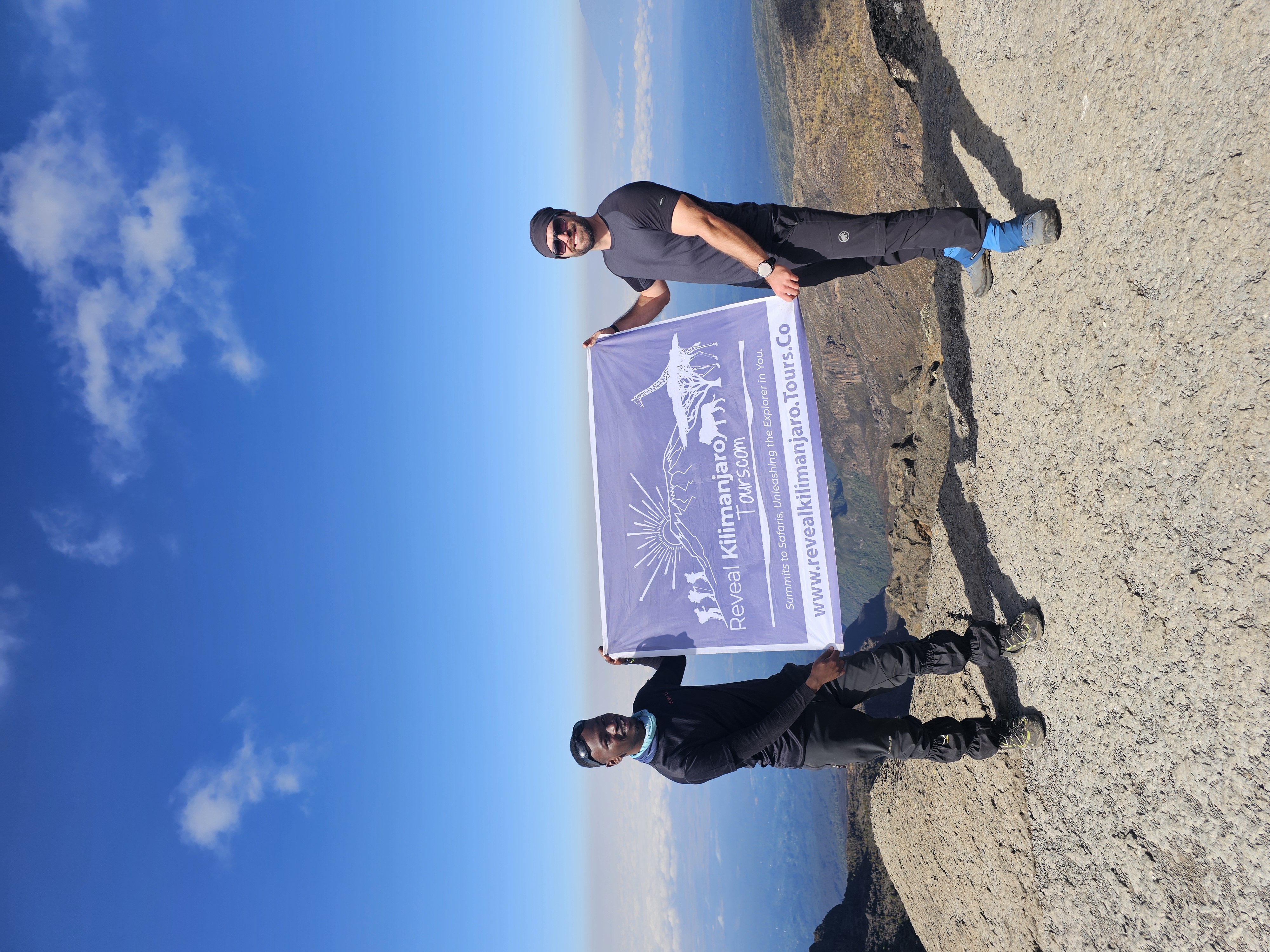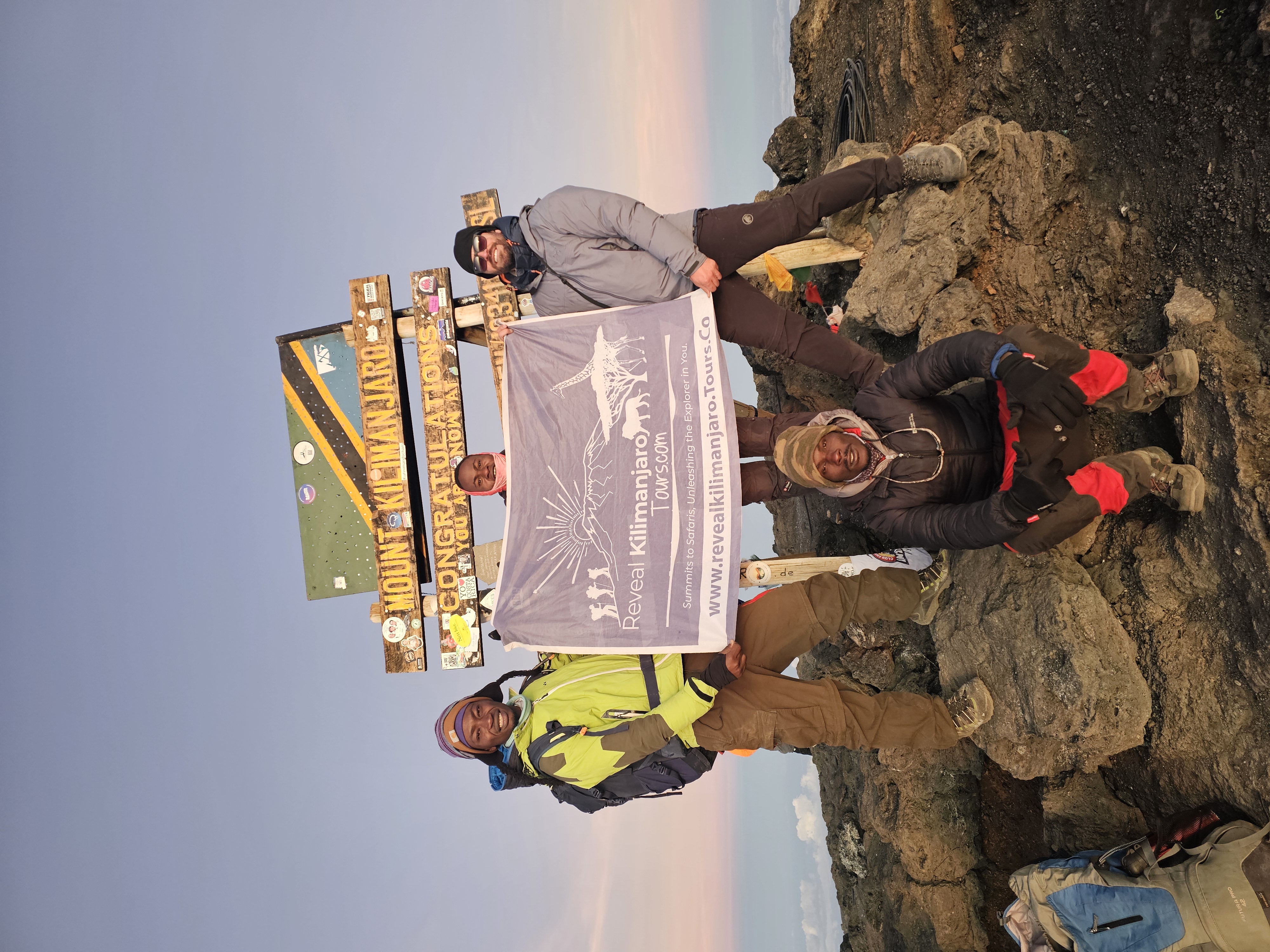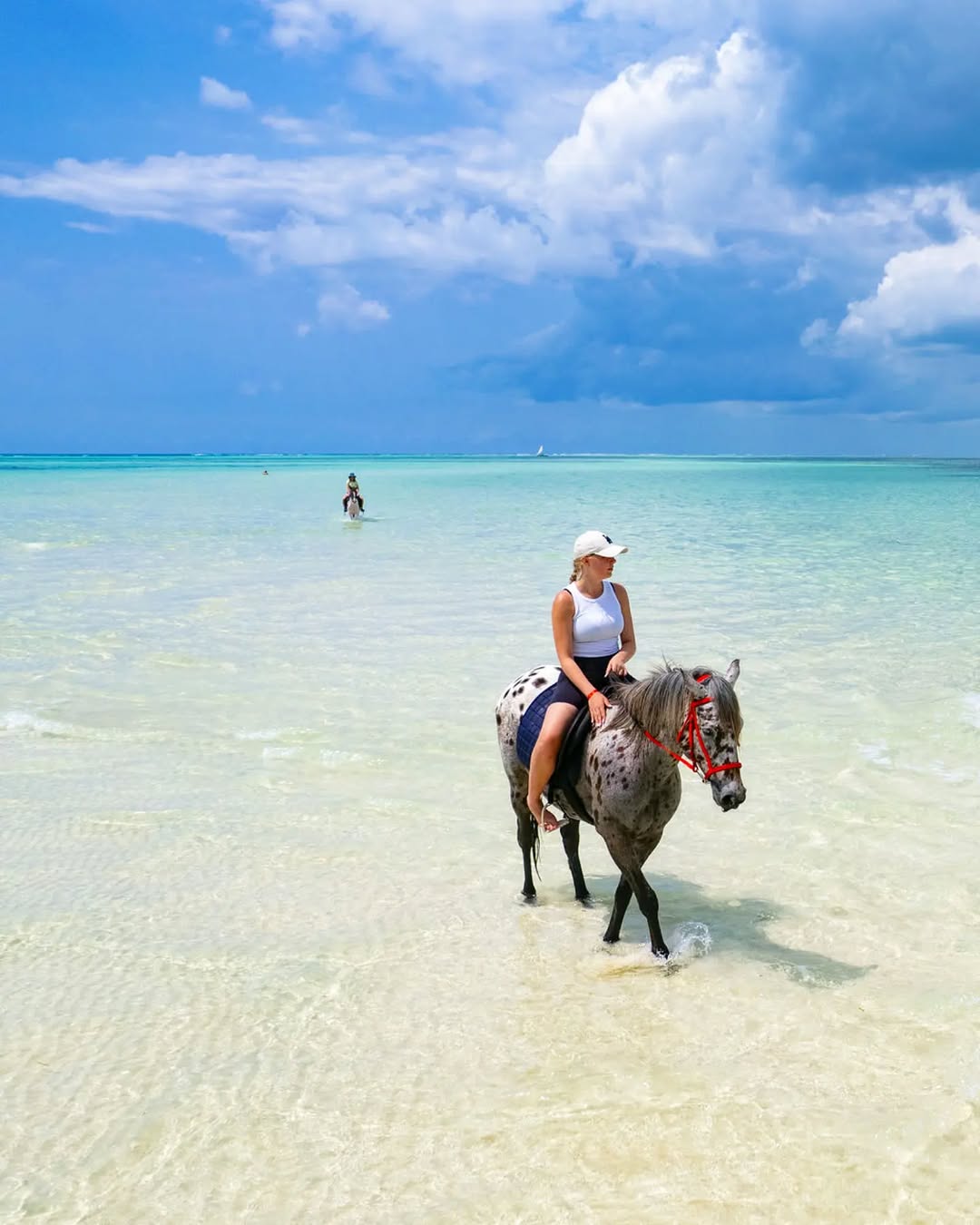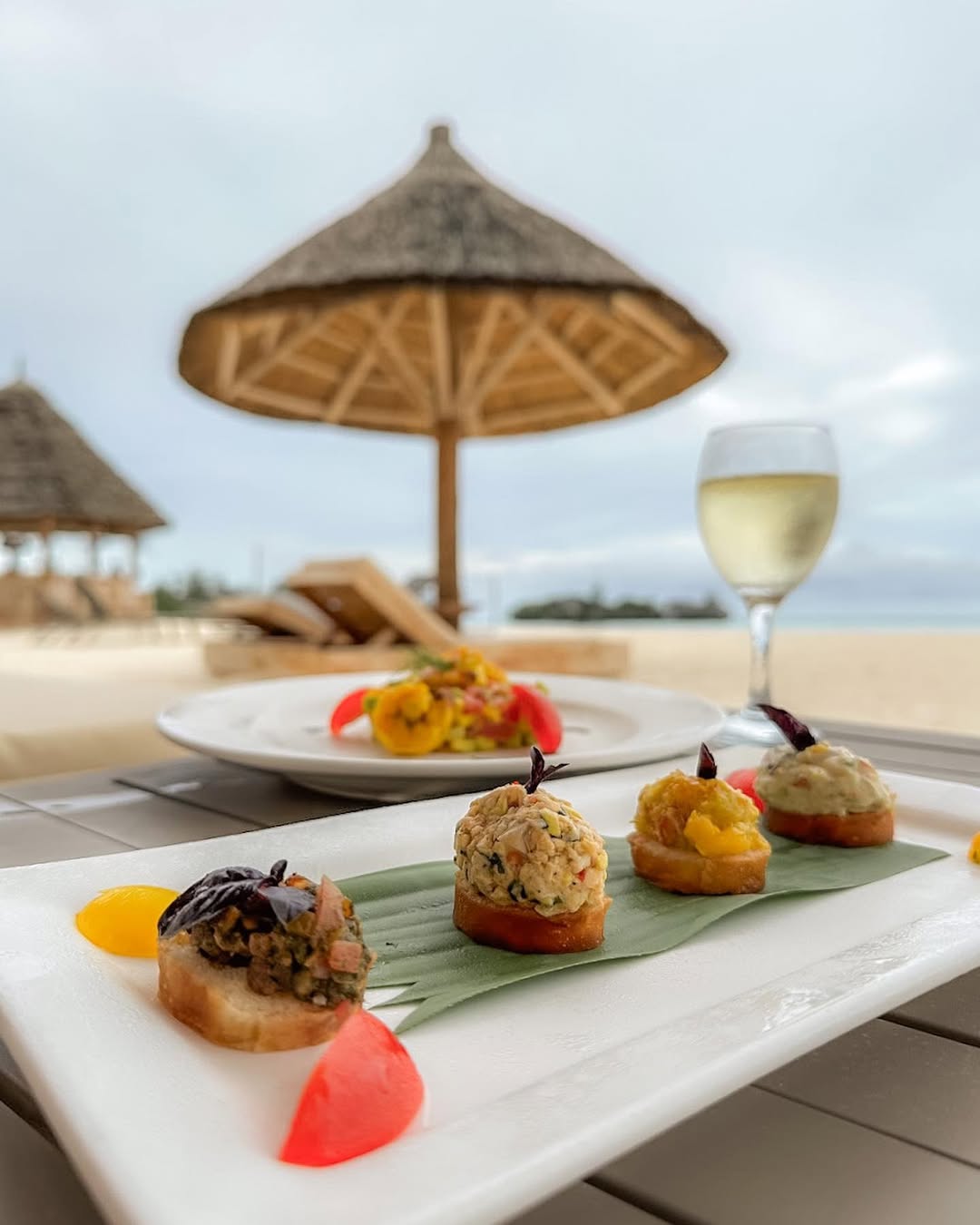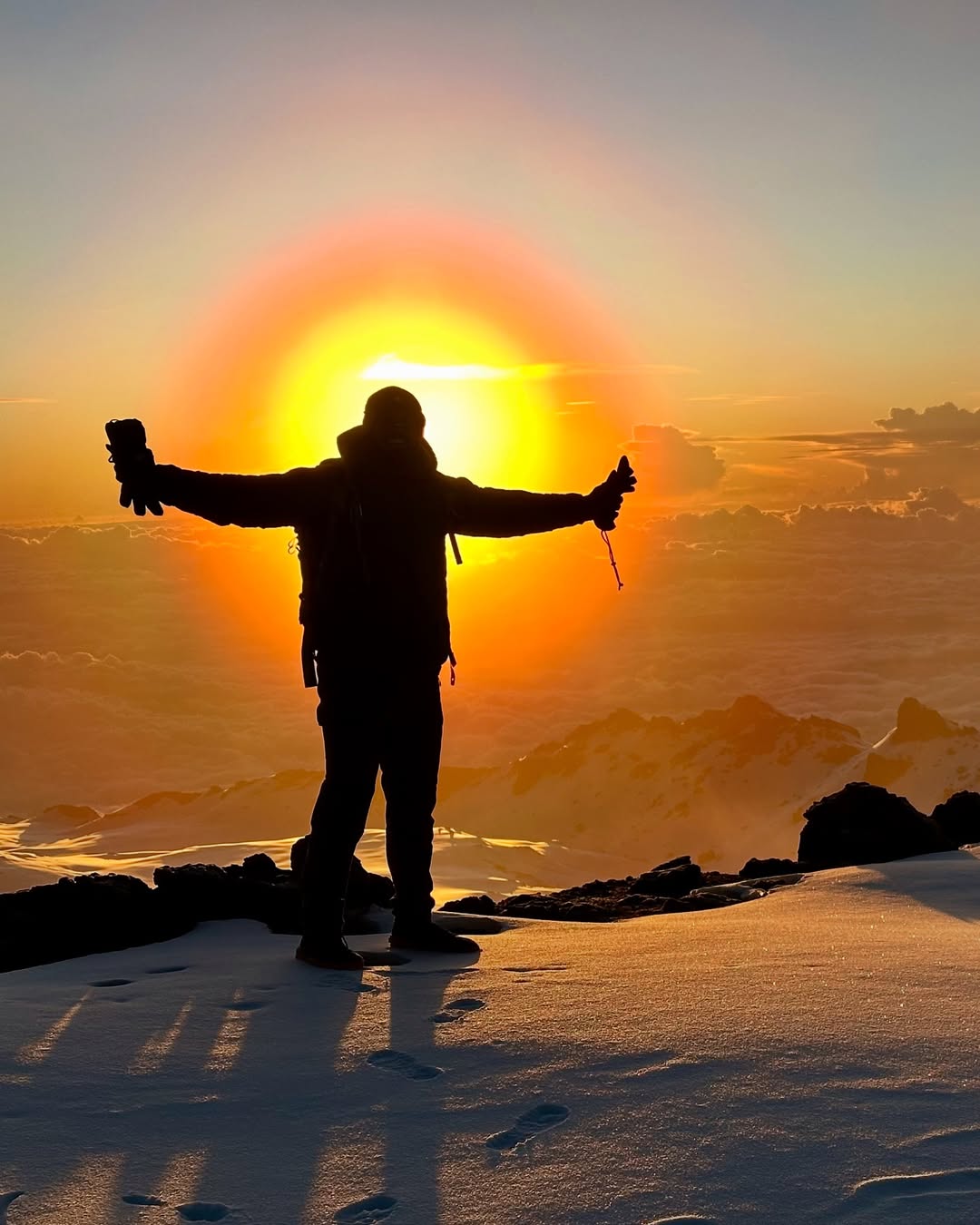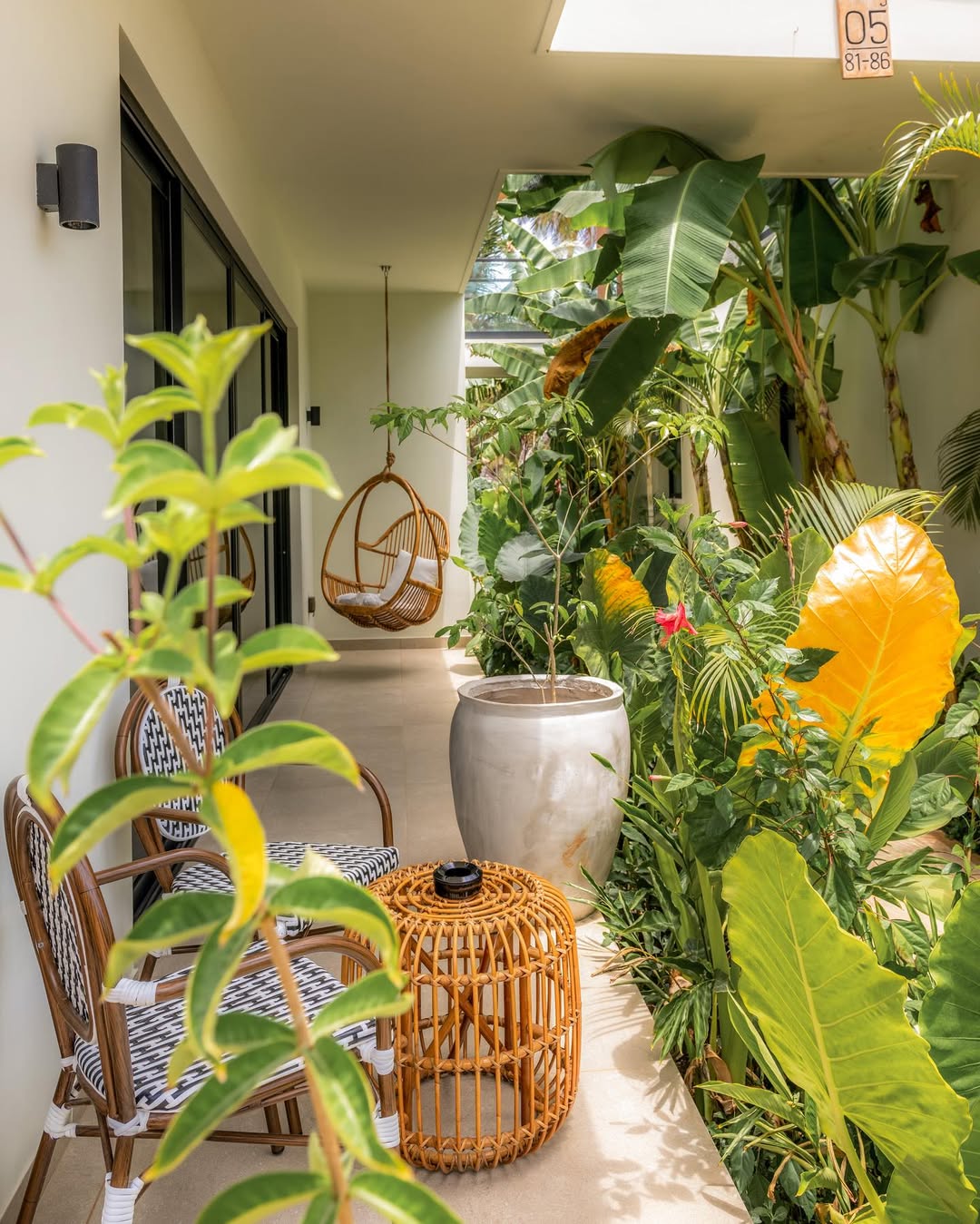Du sommet aux safaris
Libérez l'explorateur qui sommeille en vous
REVEAL KILIMANJARO TOURS, TANZANIE
Jambo, bienvenue en Tanzanie ! Découvrez une nouvelle façon de voyager avec nos circuits aventure éthiques. Chez Reveal Kilimanjaro Tours, nous redéfinissons le voyage en privilégiant votre confort et le bien-être des communautés locales. Notre équipe de conseillers voyages expérimentés veille à ce que chaque aspect de votre aventure soit parfaitement organisé, vous permettant ainsi de vivre des expériences inoubliables.
« Vivez l'expérience du sommet du Kilimandjaro »
À propos du mont Kilimandjaro
Le mont Kilimandjaro, plus haut sommet d'Afrique et plus haute montagne isolée du monde, se situe dans le parc national du Kilimandjaro en Tanzanie. Il offre une randonnée exigeante d'une semaine à travers des écosystèmes variés. L'ascension débute dans des forêts d'acacias aux chants d'oiseaux vibrants, puis passe dans une zone plus sèche à la végétation clairsemée de séneçons et de lobélies, traverse le vaste plateau de Shira avec des vues imprenables sur les nuages et culmine dans une zone arctique où l'air est glacial. Les grimpeurs ont le choix entre plusieurs itinéraires, chacun présentant des avantages et des inconvénients spécifiques, nécessitant une recherche approfondie pour répondre à leurs préférences. Le choix de l'itinéraire est très personnel, car les grimpeurs recherchent des expériences variées, ce qui rend difficile l'identification d'un itinéraire unique et idéal.
POURQUOI CHOISIR REVEALKILIMANJARO
A Local Tanzania Tour Operator
With Reveal Kilimanjaro Tour remember that you will be booking with a local, Tanzanian, Kilimanjaro Outfitter, owned and managed by Tanzanians, passionate about what we do and experts on beautiful Tanzania. We are based in Arusha, Tanzania’s tourist capital. From the moment you start your enquiry until we wave you goodbye at the airport, you have direct contact with us
The Best Mountain Guides
We have the best guides in the country, our expert guides are specialized in Mountain and Safari tours with native and foreign tourists, fully qualified with several years of experience, and with incredible knowledge and love for the places you will visit. As well as delicious food and best mountain equipment
Porters Welfare
TMount Kilimanjaro porters, mostly local men aged 18-40, assist tourists by carrying gear and are supported by the Kilimanjaro Porters Assistance Project (KPAP), ensuring fair pay, proper equipment, adequate food, accommodation, and fair tip distribution. Compliance with KPAP guidelines guarantees excellent working conditions, attracting top porters..
A Local Tanzania Tour Operator
With Reveal Kilimanjaro Tour remember that you will be booking with a local, Tanzanian, Kilimanjaro Outfitter, owned and managed by Tanzanians, passionate about what we do and experts on beautiful Tanzania. We are based in Arusha, Tanzania’s tourist capital. From the moment you start your enquiry until we wave you goodbye at the airport, you have direct contact with us
The Best Mountain Guides
We have the best guides in the country, our expert guides are specialized in Mountain and Safari tours with native and foreign tourists, fully qualified with several years of experience, and with incredible knowledge and love for the places you will visit. As well as delicious food and best mountain equipment
Join us on a journey where every step is a testament to responsible tourism, and every moment is infused with the spirit of adventure
Si vous souhaitez planifier votre voyage avec nous, vous pouvez créer un itinéraire sur mesure de A à Z ou personnaliser l'un de nos itinéraires recommandés. Que votre voyage se déroule sur une courte escapade ou une expédition prolongée, notre équipe locale concevra avec soin un itinéraire unique, parfaitement adapté à vos envies. Que vous recherchiez des panoramas pittoresques ou le frisson de l'ascension, soyez assuré qu'ils donneront vie à vos rêves.
Alors, n'attendez plus ! Contactez-nous dès aujourd'hui et laissez-nous vous aider à planifier le voyage de votre vie !
